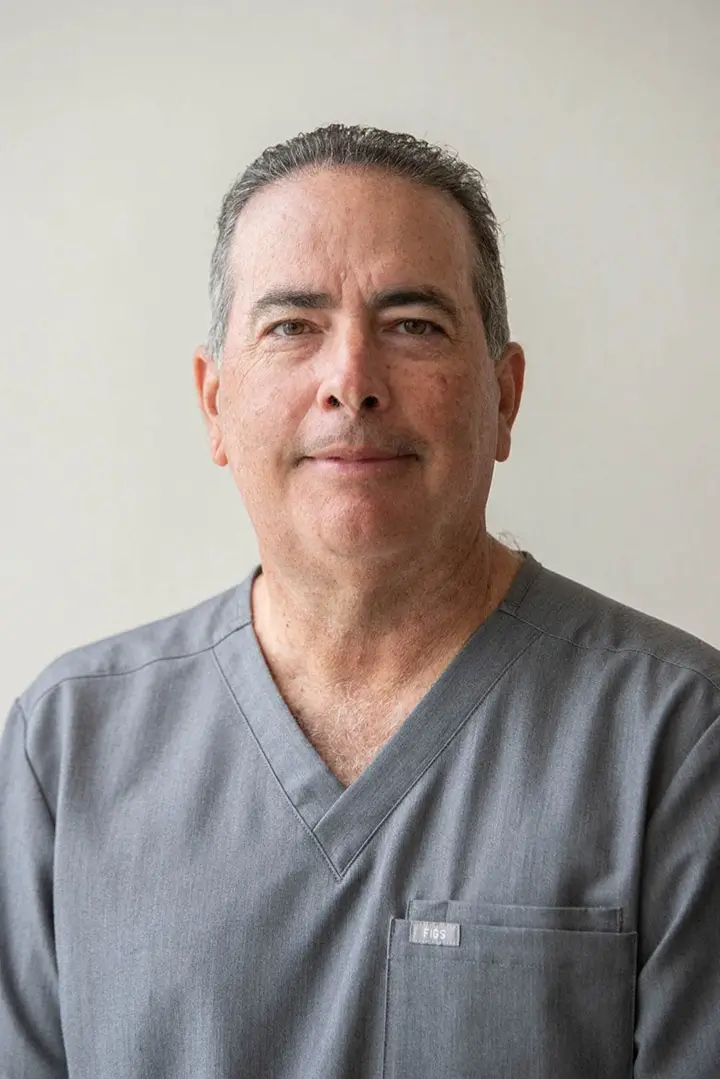Former heart patients such as Howard Lindeman and Dick Dufala are strong advocates of adult stem cell therapy, and their enthusiasm is the result of personal experience. Along with many other people who share similar stories, Mr. Lindeman and Mr. Dufala have adult stem cell therapy to thank for the fact that they are no longer in danger from the life-threatening heart conditions with which they had previously suffered.
According to Mr. Lindeman, who chose to undergo adult stem cell therapy follwing a heart attack, “It’s the most amazing thing I’ve ever been through. I had the procedure done and since then, I’ve just been getting better and better and better. I’m going to be 58 years old in May and I’m on my way to being 35 again.”
Similarly, according to Mr. Dufala, who used to suffer from congestive heart failure before receiving adult stem cell therapy, “I think it’s improved my life and my life will be extended as a result of having the procedure. I feel like I don’t have congestive heart failure. I feel quite good.”
Both men underwent their adult stem cell therapies from the cardiologist Dr. Zannos Grekos, who uses autologous (in which the donor and recipient are the same person) adult stem cells derived from each patient. Speaking at a seminar recently in Naples, Florida, Dr. Zannos explained, “Because it is coming from the patient, there’s no [immune] rejection and there’s no risk of cancer because we’ve been using adult stem cells for about 40 years in treating cancers. We know that adult stem cells are effective.”
By stating that “there’s no risk of cancer”, Dr. Zannos is referring to the fact that embryonic stem cells are defined by their ability to form teratomas (tumors), which is the formal scientific definition of pluripotency, whereas adult stem cells are not capable of forming such tumors for the simple reason that adult stem cells are not pluripotent. Similarly, in his statement that “we’ve been using adult stem cells for about 40 years in treating cancers”, Dr. Zannos is referring to the fact that bone marrow transplants have been conducted for several decades now, and the mechanism-of-action by which bone marrow transplantation is effective is through the adult stem cells that are present in the bone marrow. More specifically, the first bone marrow transplant was performed in 1956, which was over 5 decades – over half a century – ago. It was Dr. E. Donnal Thomas of Cooperstown, New York, who performed this first successful bone marrow transplant that resulted in the long-term survival of the patient who subsequently enjoyed a complete remission of leukemia after being given a bone marrow transplant from an identical twin. For this first, pioneering medical procedure, Dr. Thomas was awarded the Nobel Prize in Physiology or Medicine, along with Dr. Joseph E. Murray, “for their discoveries concerning organ and cell transplantation in the treatment of human disease.” This revolutionary transplantation paved the way for numerous other transplants of a similar nature, which in turn were followed in 1968 by the first bone marrow transplant from a related donor in the treatment of a non-cancerous condition, namely, in the treatment of a four-month-old boy who had inherited severe combined immunodeficiency syndrome. This procedure in turn opened the door for numerous other bone marrow transplantations for non-cancerous conditions, which in turn were also followed in 1973 by the first bone marrow transplant using an unrelated donor, which was performed at Memorial Sloan-Kettering Cancer Center in New York City and which likewise paved the way for numerous other procedures of a similar nature. It has therefore been for over the past 50 years that bone marrow transplantation has demonstrated the safety and efficacy of the adult stem cells that are present in bone marrow. If one were to trace the history of umbilical cord blood therapies, one would find that these therapies extend back even farther in time and predate World War II by at least a decade, and for over the past 70 years the various uses of the adult stem cells that are present in umbilical cord blood have been documented in the medical literature for the treatment of a vast number of people for a variety of conditions, without adverse side effects. Although the concept of a human stem cell, per se, was not yet understood at these times, prior to World War II nor even in 1956 when the first bone marrow transplant was performed, today it is well known and understood that bone marrow transplants and umbilical cord blood work as effective treatments because of the adult stem cells that they contain. By contrast, the first human embryonic stem cell was only isolated in the laboratory in 1998, so embryonic stem cell science is barely a decade old, and in that short decade embryonic stem cells have never been used to treat anyone for anything. A clinical history, therefore, does not exist, at all, for embryonic stem cells, which thus far can be said to have a 0% success rate, which is the equivalent of a 100% failure rate. Since embryonic stem cells carry a number of inherent risks, not the least of which is their strong natural ability to form teratomas (tumors), even the most ardent of embryonic stem cell proponents has cautioned that an actual therapy based upon embryonic, not adult, stem cells is at least another decade away, if such a goal is attainable at all. Meanwhile, there are many patients who cannot wait that long for treatment, and fortunately adult stem cells are already being used as clinical therapies to help such people.
In reference to the natural regenerative ability of the body’s own adult stem cells, even in full-grown adults, Howard Lindeman adds, “The people who doubt it should stop doubting because it is a fact that our body can heal itself. If it didn’t, I’d be dead right now.”

